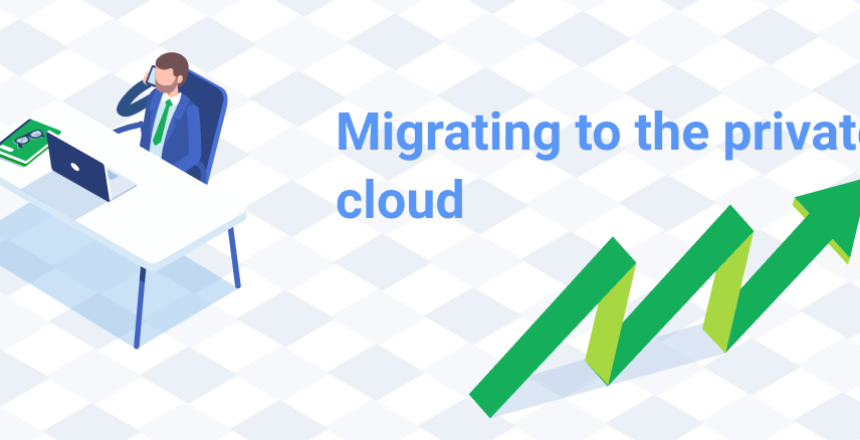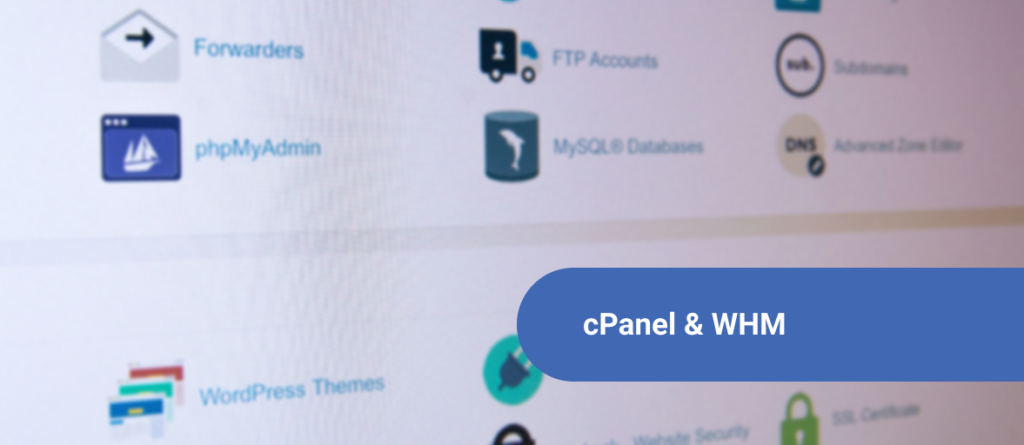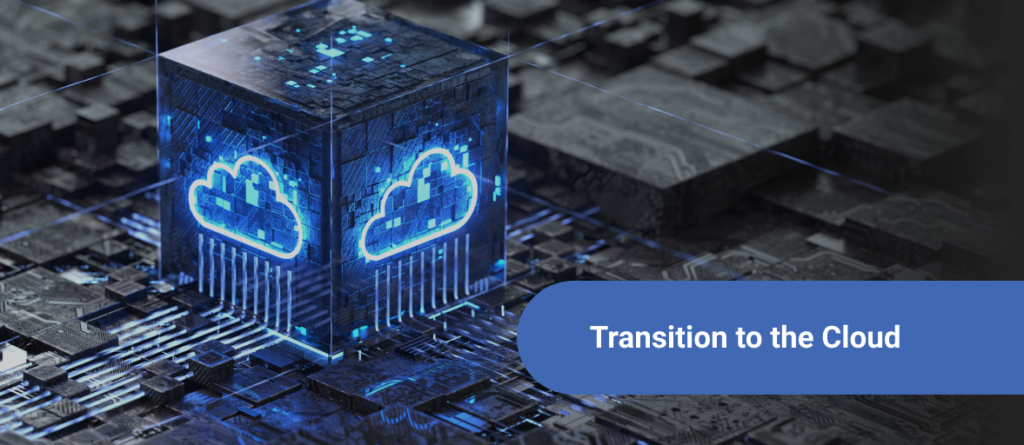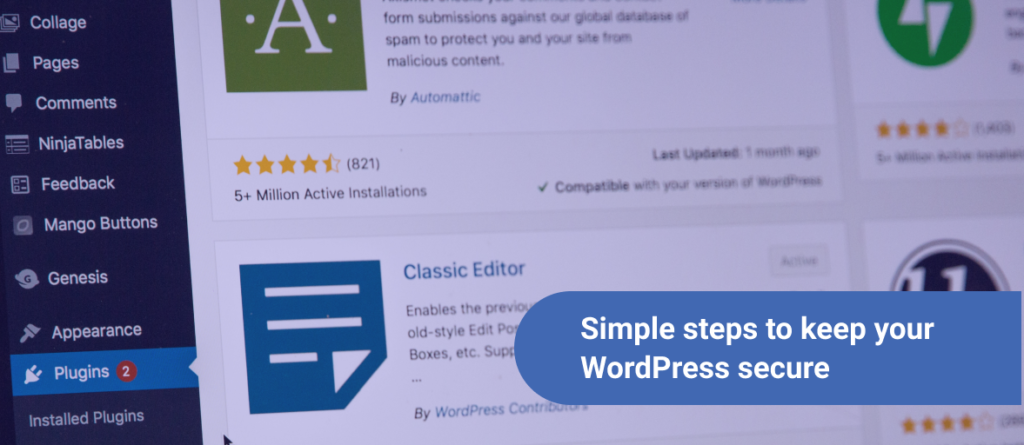Why do so many enterprises adopt cloud solutions? They don’t want to be left behind in the digital transformation dash. Enterprises know better than to be left behind. The advancements in technology and virtualization provide the ideal IT infrastructure for enterprises to utilize the cloud.
The cloud allows enterprises to optimize their storage, computational power, and bandwidth. This allows for the fast distribution of resources for particular tasks and then the release of those resources once the tasks are complete.
The continued adoption and use of public cloud solutions show how effective the cloud is as a computing model. The public cloud isn’t secure or robust in performing sensitive tasks. That’s why enterprises should consider adopting a private cloud. Private cloud effectively serves SMBs and enterprises with optimum performance. Migrating to the private cloud has four main advantages:
- Enhanced hardware optimization – servers have the capability of maintaining optimal performance during peak request periods and reducing the number of resources during non-peak periods
- Decreased support expenditure – your business will require less on-premise support. Easing your finances for growing and improving your business
- Decreased capital expenditure: – when you adopt a private cloud, you only pay for the resources you use (pay-as-you-go). When it comes time to scale, choose up or down and only pay for the resources you use
- Decreased apps and tasks deployment period – deploy apps and tasks seamlessly without waiting to purchase and set up new software to run your new server
What To Consider Before Moving To Private Cloud
You MUST plan before moving, as it is crucial for determining the migration from your on-site location to your private cloud. Acknowledge where you are in your current IT infrastructure and in your assessment process, determine:
- Current infrastructure
- Level of resource usage
- Procedures and guidelines
- Invoicing and expense recovery procedures
Current Infrastructure
Determine what type of servers you have, memory, CPU type, bandwidth, and power supply. Private clouds contain these elements as well. Therefore, they are crucial in determining your private cloud needs.
While accessing your hardware, make sure that you know the server count that you want to be shifted to the cloud. Old servers soon to be decommissioned shouldn’t be shifted to the cloud. While distributing storage arrays, make sure they are similar in technology.
Level Of Resource Usage
When accessing network infrastructure, do check if there are packets lost or high latency. Check whether the bandwidth is enough for your business needs. Also, be ready for the reality that there may be parts of your network infrastructure that need replacement.
Policies and Guidelines
When shifting to a private cloud, know the guidelines that govern it. You must know that these guidelines are incorporated in structures that realize the cloud’s operation. You’ll need cloud access control.
Invoicing and Expense Recovery Procedures
Money matters are important for any business. You always want to save where you can. The invoicing and expense recovery procedures are required to be defined for users to make educated selections about what kind of cloud services to use.
Shifting In Stages To Private Cloud Recommended
Don’t rush shifting to the cloud. A prominent example is Netflix cloud migration, which took 7 years. In 2016, the last on-premises servers for the streaming service were downed. It’s advisable to take a stage-by-stage approach in the shift to the cloud. This can be done by using a three-step process:
- Determine the hardware and tasks to move to a private cloud
- Determine resource allocation levels necessary to aid a primary set of cloud apps
- Creating a procedure for monitoring how the cloud framework is used
Final Thoughts…
Your enterprise can harness the power of the private cloud to meet its goals. Note that prior planning is needed before shifting to a private cloud.
Also, make sure procedures and guidelines are in place for productively managing the private cloud; Have monitoring tools for collecting data, both safeguarding temporary accessibility and lasting performance of the private cloud.







